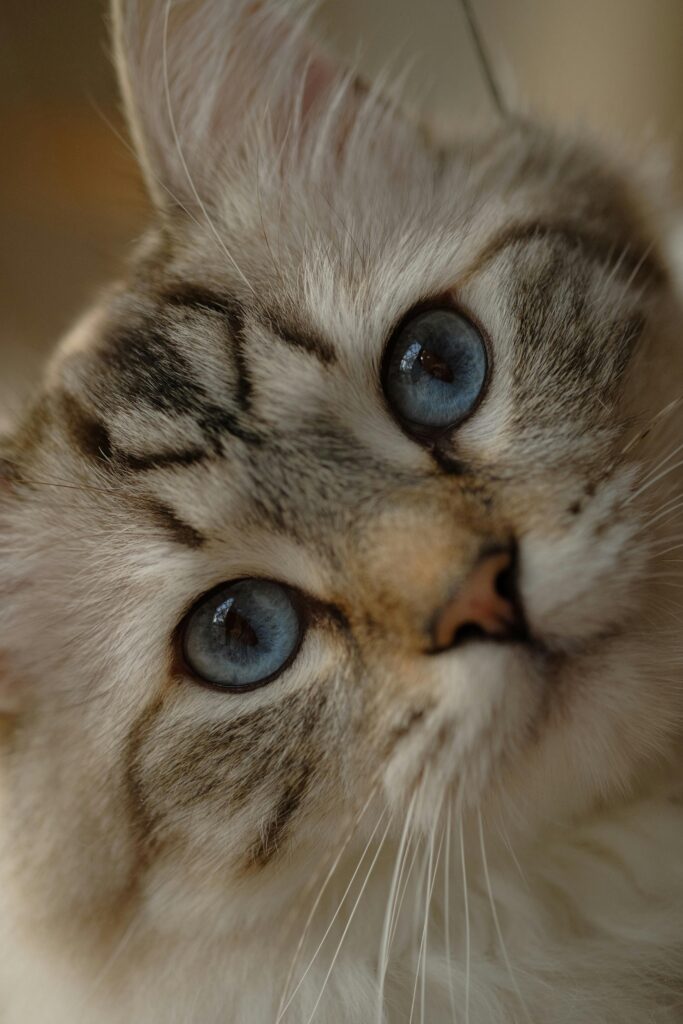
Can Ragdoll Cats Be Tabby?
Introduction
If you’ve ever noticed faint stripes or an “M” marking on your Ragdoll’s forehead, you might’ve wondered — can Ragdoll cats be tabby? The short answer is yes, but not in the traditional sense.
When a Ragdoll has visible striping, it’s not because it’s a separate “tabby” breed — it’s because of a color variation called the Lynx pattern. This subtle pattern creates tabby-like markings on the cat’s face, tail, and legs, giving them a layered, expressive look while keeping the classic Ragdoll coat and temperament.
Why Some Ragdolls Look Tabby
The “tabby” look comes from the agouti gene (A) — the same genetic mechanism that creates stripes, rings, and “M” forehead markings in true tabby cats.
Ragdolls with the Lynx pattern inherit both the colorpoint gene (cs/cs) and the agouti gene, which work together to create that faint striping effect only on the points (face, legs, tail, ears). The rest of the body stays lighter, just like in traditional Ragdolls.
In other words, a Lynx Ragdoll is a tabby-pointed Ragdoll — not a tabby cat overall. Their stripes appear only in the darker, cooler parts of the body where color develops.
Read more about Tabby Cat Genetics Here
Lynx Pattern vs. True Tabby Coat
While the Lynx pattern resembles tabby striping, they are not genetically identical.
Here’s how they differ:
| Feature | Lynx Ragdoll (Tabby-Point) | True Tabby Cat |
|---|---|---|
| Pattern Area | Only on colorpoints (face, legs, tail, ears) | All over the body |
| Body Color | Light cream, beige, or blue-gray | Fully patterned |
| Markings | Fine stripes and “M” on forehead | Bold stripes, swirls, or spots |
| Genes | Agouti + Colorpoint (cs/cs) | Agouti without colorpoint |
| Eye Color | Always blue | Any color |
The Lynx Ragdoll keeps the signature pointed contrast that defines the breed — just with a bit more personality and depth.
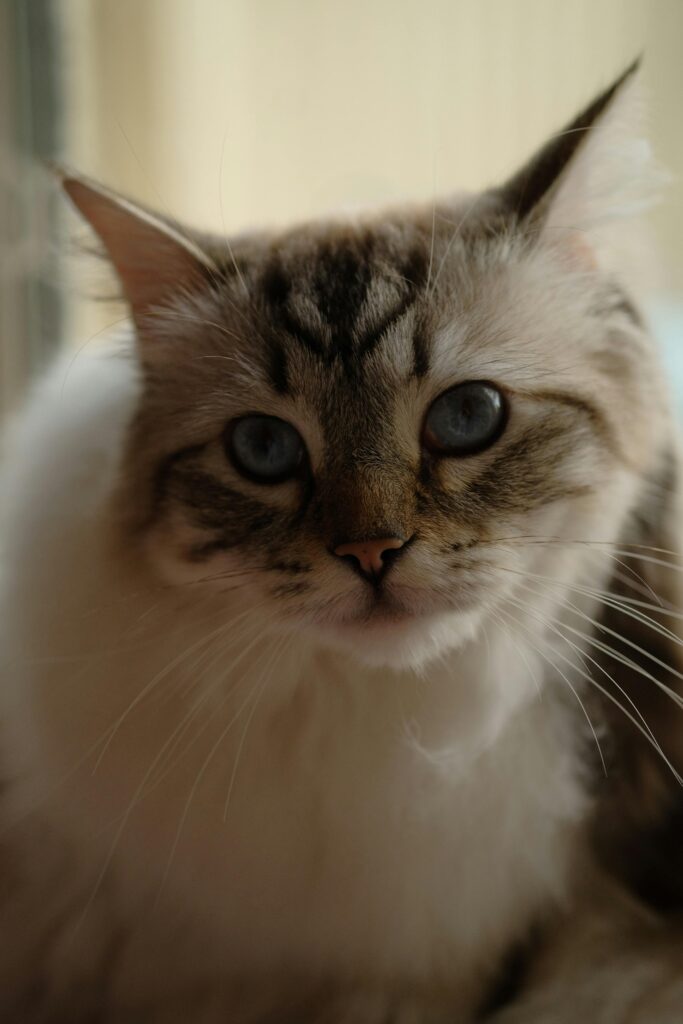
How to Tell if Your Ragdoll Is Lynx
Not all Ragdolls with faint markings are Lynx, but there are some clear signs:
- A soft “M” marking above the eyes
- Ringed tail with lighter bands between seal or blue tones
- Slight striping on the legs and cheeks
- White eyeliner-like markings around the eyes
- Overall warmer or layered color tone compared to solid points
If your Ragdoll has these features, it’s likely a Lynx variation, especially if both parents carry the agouti gene.
Related Reading (for Seal, Blue, Mitted or Lilac Lynx posts)
You can also explore other Lynx color varieties such as:
- Blue Lynx Point Ragdoll
- Seal Lynx Mitted Ragdoll
- Seal Point Lynx Ragdoll
- Lilac Lynx Point Ragdoll
- Blue Mitted Ragdoll Cat
Can Ragdolls Be True Tabbies?
Traditional, purebred Ragdolls registered under TICA or CFA are colorpoint-based — meaning their color is limited to the cooler parts of their body. True tabbies, by contrast, have color and pattern throughout the entire coat.
However, in broader “Cherubim” Ragdoll lines (which include solid, mink, and sepia Ragdolls), you can see full tabby-patterned coats. These are often called solid tabby Ragdolls, and while they aren’t part of the original colorpoint standard, they’re just as purebred and share the same sweet temperament.
So yes — Ragdolls can technically be tabby, but most of what people call “tabby Ragdolls” are actually Lynx-pointed Ragdolls.
See Genetic Test for Tabby Cat Gene here.
Popular Tabby-Influenced Ragdoll Colors
The Lynx pattern can appear in nearly every Ragdoll color:
- Seal Lynx Point
- Blue Lynx Point
- Seal Lynx Mitted
- Blue Lynx Mitted
- Chocolate Lynx
- Lilac Lynx
Each combination produces different shades of striping — Seal Lynx cats have bold chocolate lines, while Blue Lynx Ragdolls appear softer and silvered.
You can see full examples of each in our Lynx Ragdoll Cat Guide →.
Does the Lynx Pattern Affect Personality?
No — it’s purely visual. Lynx Ragdolls have the same affectionate, easygoing, and people-oriented personalities as other color patterns. Some owners say the Lynx gives their cats a more expressive or curious look, thanks to the natural “eyeliner” markings, but it doesn’t change behavior.
Are Lynx Ragdolls Rare?
Lynx Ragdolls aren’t extremely rare, but they’re less common than solid-point colors like Seal or Blue. Because the agouti gene must combine with the colorpoint gene, breeders need to plan for it intentionally.
That’s part of what makes them special — every Lynx kitten is genetically unique, with slight variations in stripe depth, warmth, and definition.
How to Find a Lynx or Tabby-Patterned Ragdoll
If you’re hoping for a Ragdoll with a tabby look, ask breeders specifically for Lynx-point kittens. Reputable breeders will include the word “Lynx” in the color description (e.g., Seal Lynx Mitted or Blue Lynx Point).
Always look for:
- DNA testing for HCM and PKD
- Parents registered with TICA or CFA
- Kittens raised in-home, not in kennels
- Transparent coat color updates and progress photos
You can view upcoming litters and color examples in our Ragdoll Cat Gallery.
Frequently Asked Questions About Tabby Ragdolls
Can Ragdoll cats be tabby?
Yes, Ragdoll cats can appear tabby — but not in the traditional sense. What most people call a “tabby Ragdoll” is actually a Lynx Ragdoll, which carries the agouti gene responsible for faint striping. This gene, combined with the breed’s colorpoint pattern, creates soft tabby lines only on the face, legs, and tail. It’s a pattern variation, not a separate breed.
Are tabby Ragdolls purebred?
Absolutely. Lynx Ragdolls are 100% purebred Ragdolls. The tabby-like striping doesn’t affect their pedigree or registration — it’s an accepted pattern within all major breed registries, including TICA and CFA. A Seal Lynx, Blue Lynx, or Chocolate Lynx Ragdoll is genetically the same as any other Ragdoll, just with the added tabby influence from the agouti gene.
Why does my Ragdoll cat have stripes?
If your Ragdoll has visible stripes or an “M” on its forehead, it likely carries the Lynx (tabby) gene. This gene causes alternating bands of color on each hair shaft, which appear as fine rings and facial markings. The pattern typically develops as kittens age — most are born white and start to show striping by 8–10 weeks old.
What is a Lynx Ragdoll?
A Lynx Ragdoll is a color variation of the breed that shows tabby striping on its colorpoints (face, tail, and legs). For example, a Seal Lynx Point Ragdoll has deep brown points with subtle tabby lines, while a Blue Lynx Point Ragdoll has a silver-gray tone with softer stripes. The Lynx pattern can also appear in Mitted or Bicolor Ragdolls, where white mittens or facial blazes add contrast.
To see all Lynx varieties, visit the Lynx Ragdoll Cat Guide →.
Can Ragdoll cats have stripes on their body?
Not usually. True tabby cats have stripes across their entire body, while Lynx Ragdolls only show striping on the points. Their bodies stay pale cream, beige, or silver depending on the color. However, temperature and lighting can make those areas appear slightly shaded — especially in darker Seal or Blue Lynx coats.
Do tabby Ragdolls have blue eyes?
Yes — all colorpoint Ragdolls, including Lynx and Mitted variations, have blue eyes. This is a signature trait of the breed. The shade can range from pale sky blue to vivid sapphire, depending on genetics and lighting, but Lynx Ragdolls always keep that blue-eyed contrast that defines the breed.
Are tabby or Lynx Ragdolls rare?
They’re less common than solid-point Ragdolls but not extremely rare. The Lynx pattern requires an additional agouti gene, so breeders must plan matings to produce it intentionally. You’ll see fewer Lynx kittens available in each litter, which makes them a bit more exclusive. Many families love the Lynx variation for its subtle striping and expressive look.
Can Ragdolls be tabby and white?
Yes, and it’s a beautiful combination. A Lynx Mitted or Lynx Bicolor Ragdoll will have both tabby striping and white accents on the chin, chest, or paws. These are fully recognized patterns under the breed standard. The white areas come from the white-spotting (S) gene, which works alongside the colorpoint and agouti genes to create the soft, symmetrical “mitted” look.
You can see examples in our Bicolor Ragdoll Post.
What’s the difference between tabby and Lynx Ragdolls?
All Lynx Ragdolls are tabby-patterned, but not all tabbies are Lynx Ragdolls.
- Lynx Ragdolls: Colorpoint cats with tabby striping limited to their points.
- True Tabbies: Fully patterned cats with markings across the entire body.
The Lynx Ragdoll is unique because it keeps the pointed color contrast and blue eyes of a Ragdoll, while showing just enough tabby influence to create that elegant, layered appearance.
Do tabby markings fade as Ragdolls grow?
Not usually — they tend to become more defined with age. As Ragdolls mature and their coat darkens, the contrast between light and dark bands becomes more visible, especially around the eyes and tail. In adulthood, a well-defined Lynx Ragdoll shows clear yet soft striping that stays visible for life.
How can I tell if my kitten is Lynx or just shaded?
If you see a faint “M” on the forehead, dark-rimmed eyes, and ringed tails, your kitten is almost certainly a Lynx Ragdoll. Shaded Ragdolls, on the other hand, may have gentle gradients of color but no distinct striping or “eyeliner” effect. A breeder can confirm this with a DNA test that checks for the agouti gene.
Are tabby Ragdolls recognized for showing?
Yes. All major Ragdoll clubs recognize Lynx (tabby-pointed) cats in both solid and mitted forms. Show judges look for clear striping that complements, not overwhelms, the base color. A balanced Seal Lynx or Blue Lynx Mitted Ragdoll often scores high for overall symmetry and contrast.
Where can I find tabby-patterned Ragdoll kittens for sale?
If you’re looking for Lynx Ragdoll kittens for sale, focus on breeders who DNA-test for color genetics and health. Ask specifically for “Lynx” or “tabby-point” kittens when joining a waitlist. Many breeders will post color updates as the kittens’ stripes develop. You can browse current and upcoming litters in our Ragdoll Kittens for Sale → page.
Final Tip
If your Ragdoll kitten has stripes, don’t worry — it’s not a mix, it’s a mark of genetics at work. The Lynx variation is one of the most beloved Ragdoll patterns because it adds depth and expression while keeping the breed’s calm, affectionate nature.
Related Ragdoll Reading Links
Breed-Specific and Visual Pattern Source References
TICA Ragdoll Breed Standard –
Tica Ragdoll Breed Seminar
→ Defines lynx (tabby) points and allowable variations in show-quality Ragdolls.
CFA Ragdoll Breed Standard PDF – https://cfa.org/ragdoll/
→ CFA-approved tabby pattern definitions and point descriptions.
Messybeast Cat Genetics Resource (Sarah Hartwell) – https://messybeast.com/
→ Longstanding, breeder-level feline genetics resource. Excellent for referencing tabby variations, agouti gene, and wide-band effects.
Dr. Solveig Pflueger, DVM, PhD – “Feline Color Genetics” (TICA Seminar Notes)
→ Often cited in breeder education materials; supports agouti and pattern gene relationships.
Ragdoll History & Color Variations – Ragdoll Fanciers Club International (RFCI) https://rfci.org/
→ Ragdoll breeder organization that includes detailed descriptions of lynx (tabby) Ragdolls.
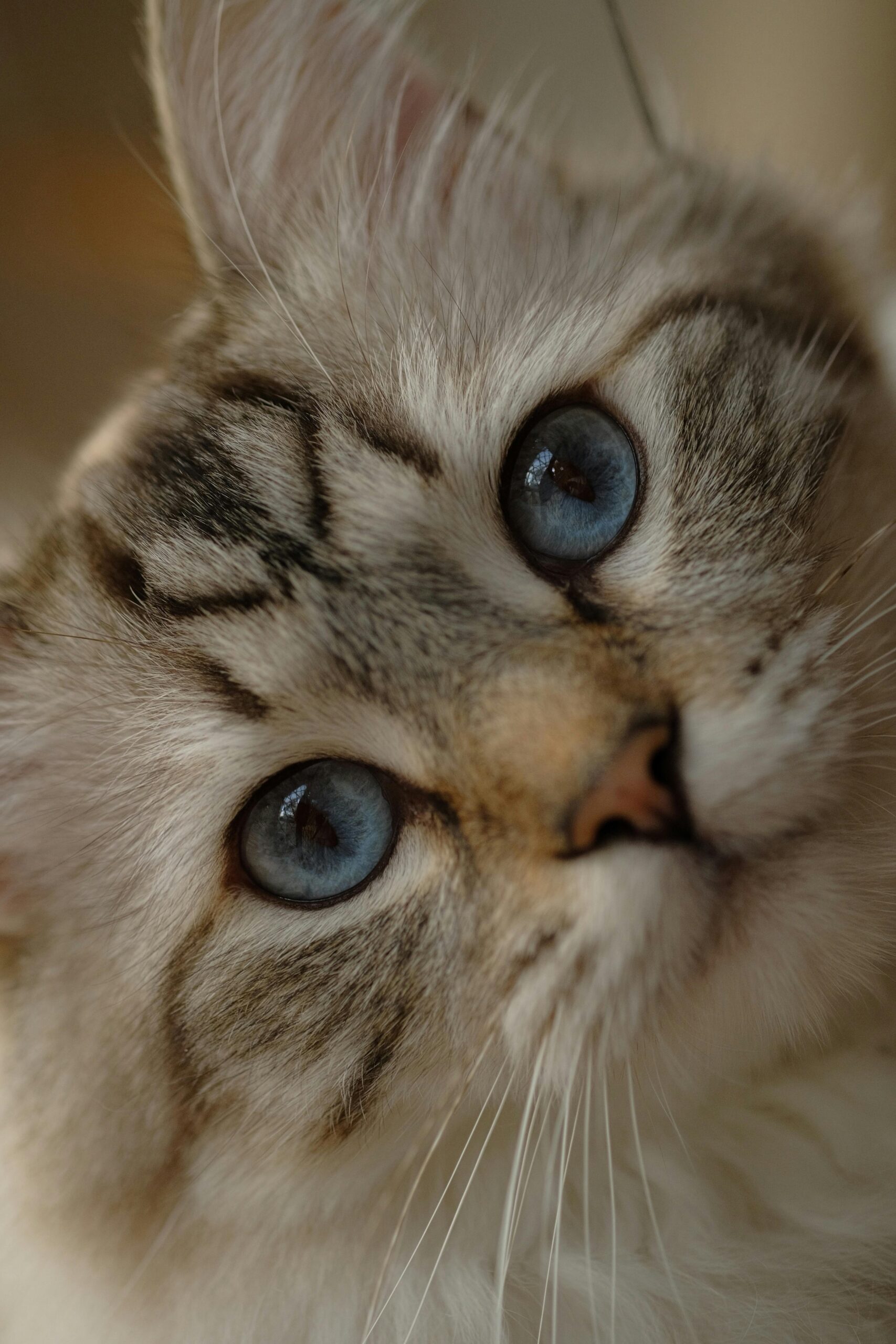
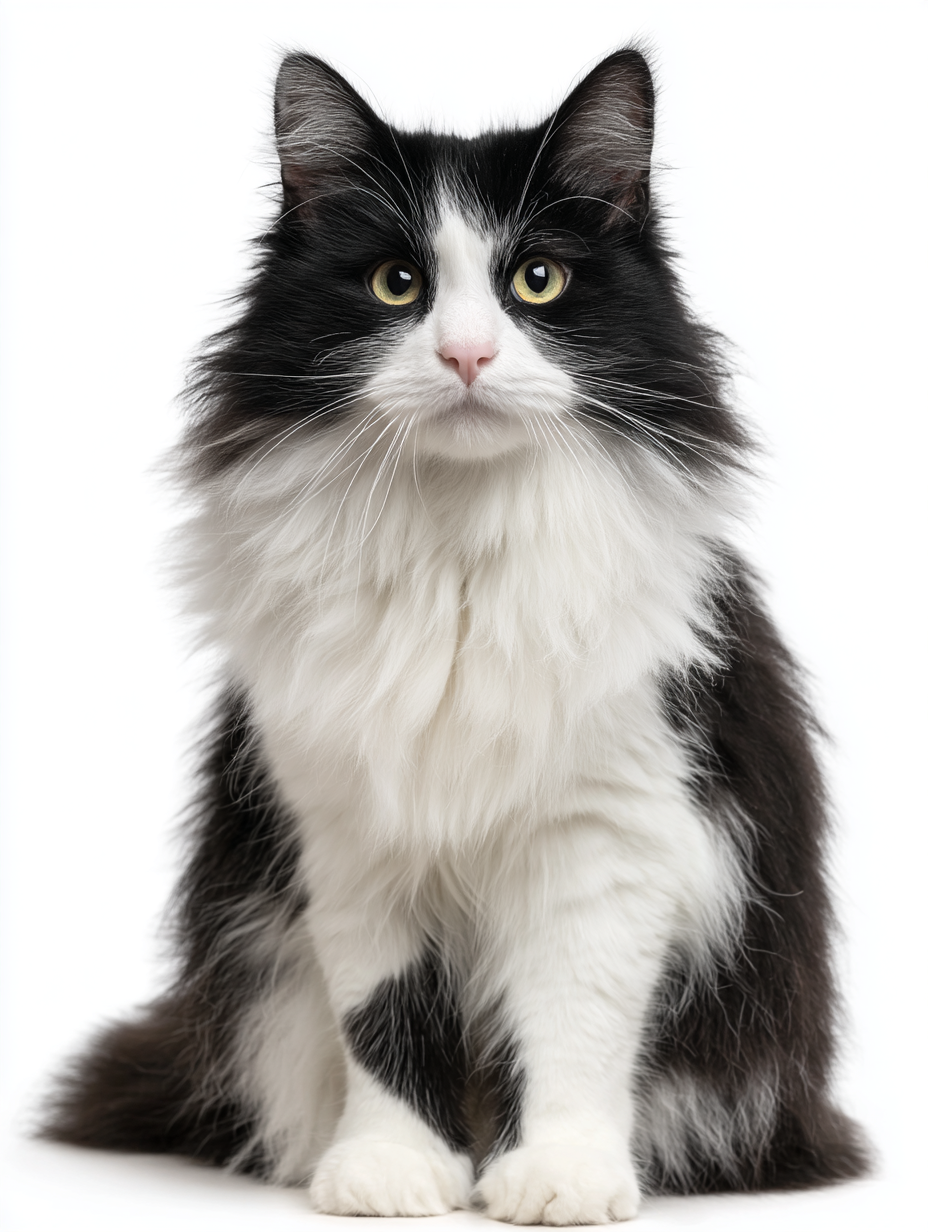
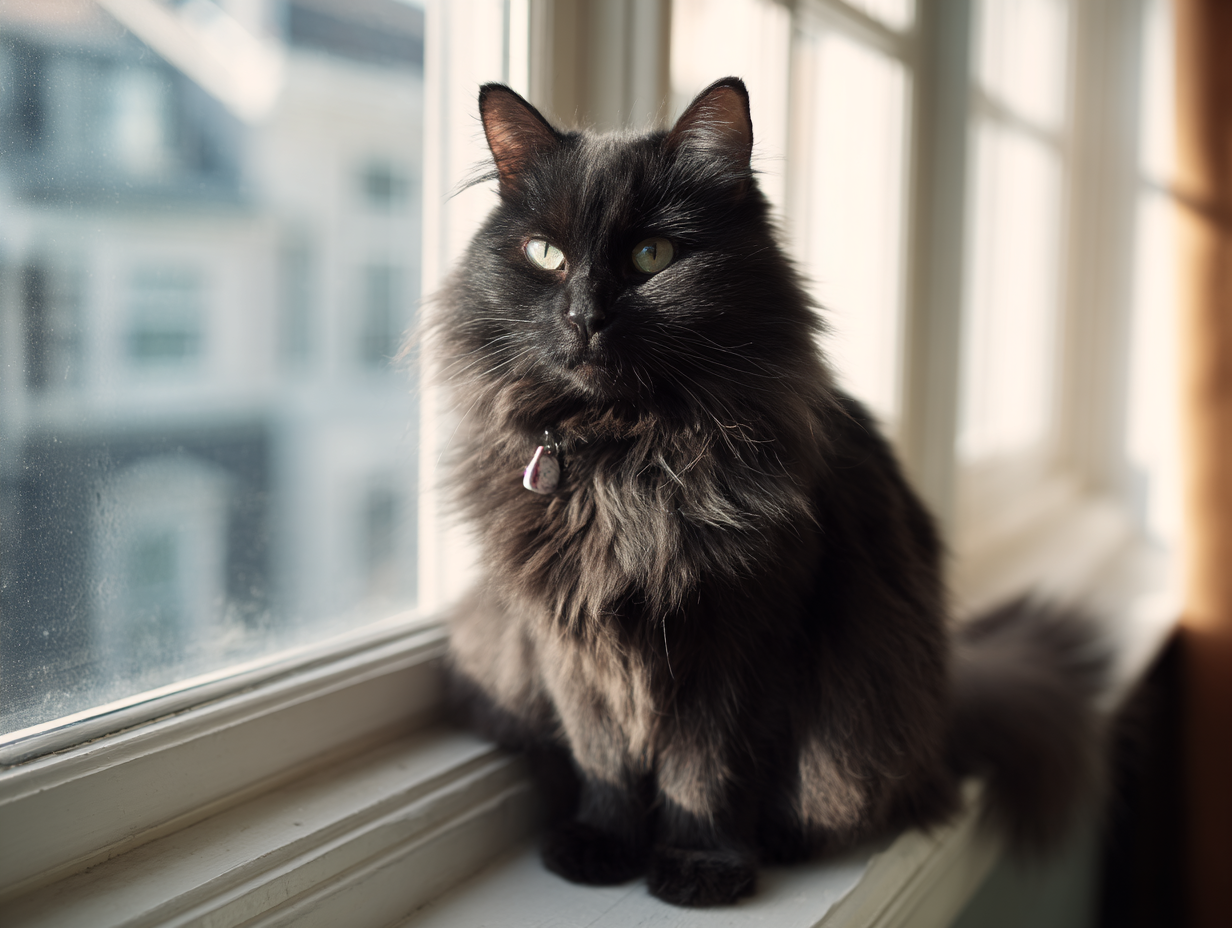
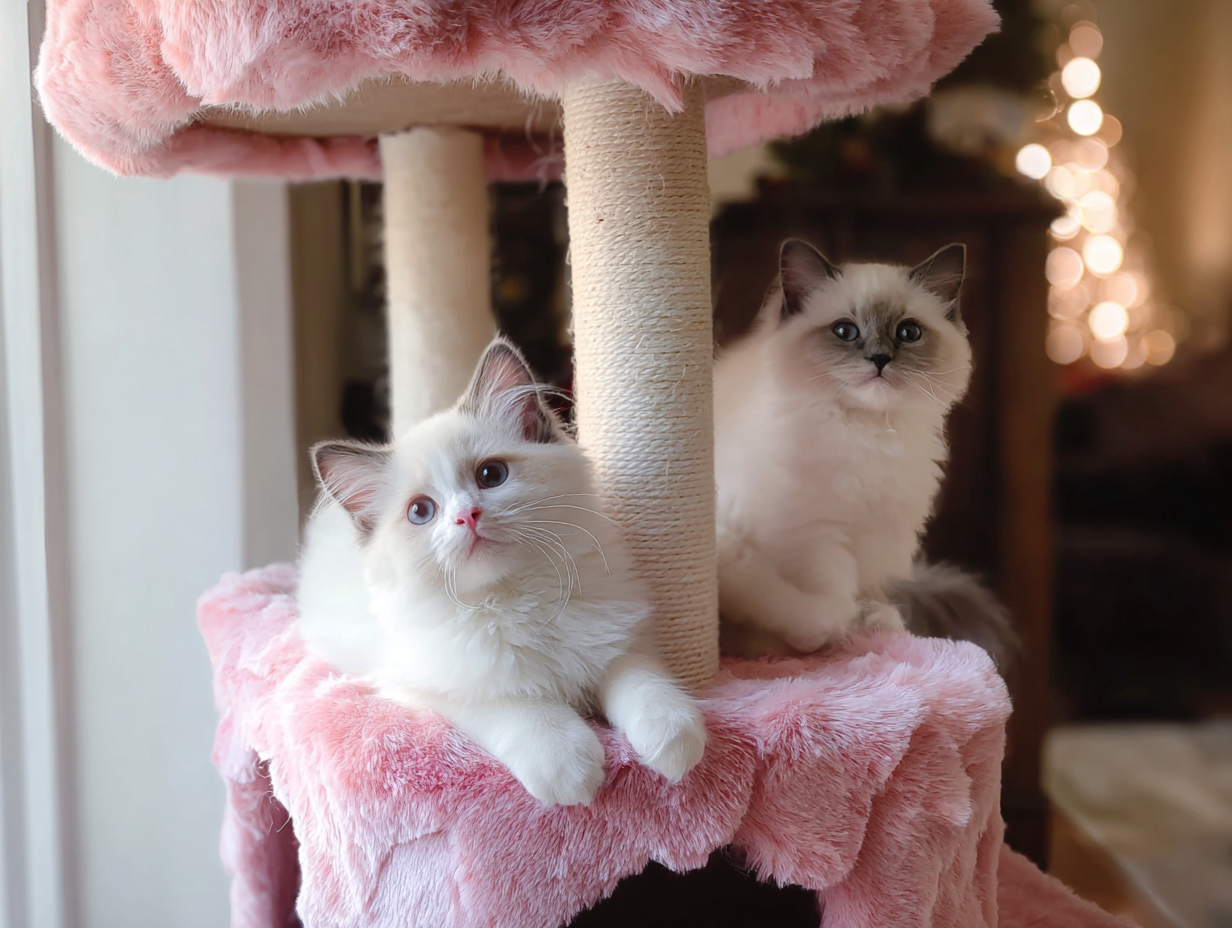
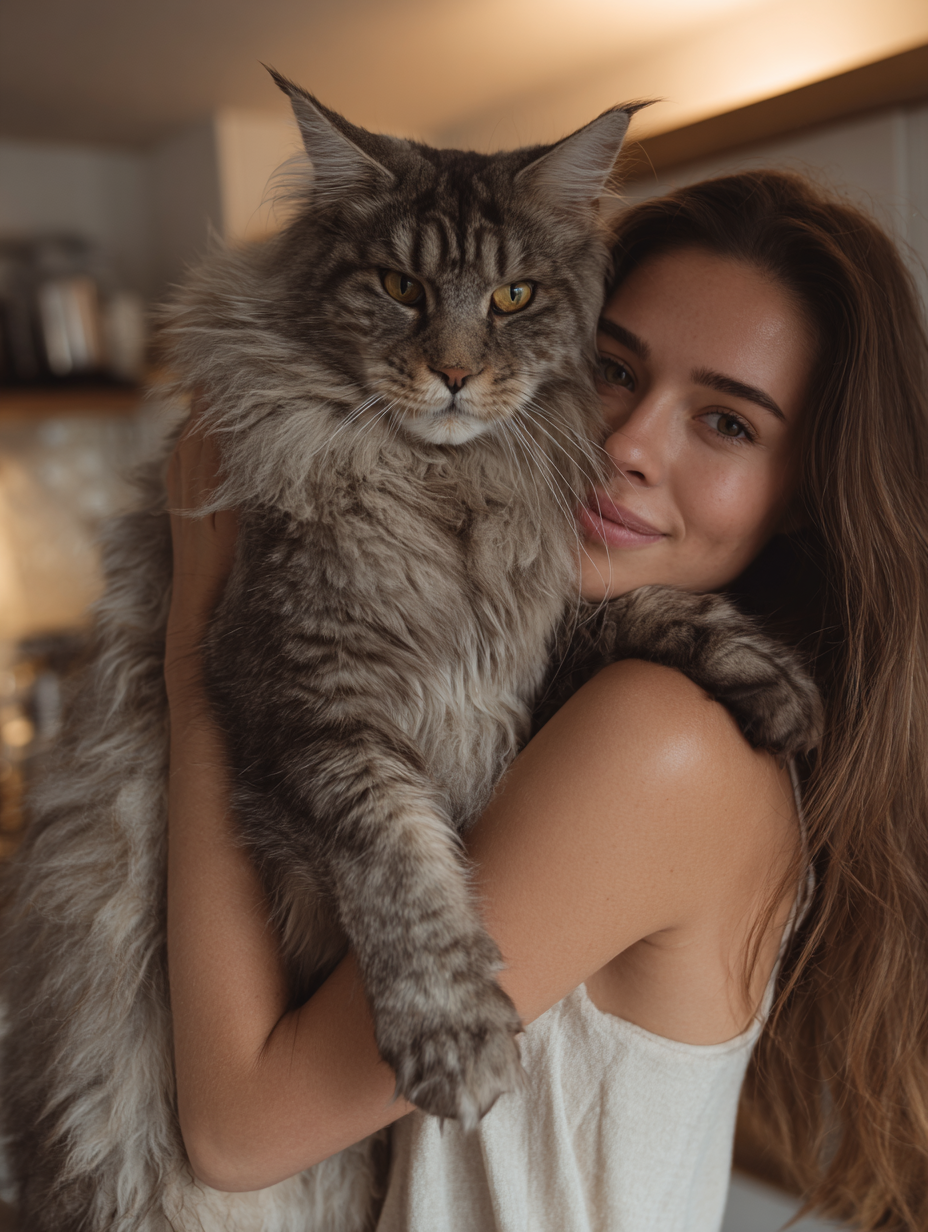

Read the Comments +